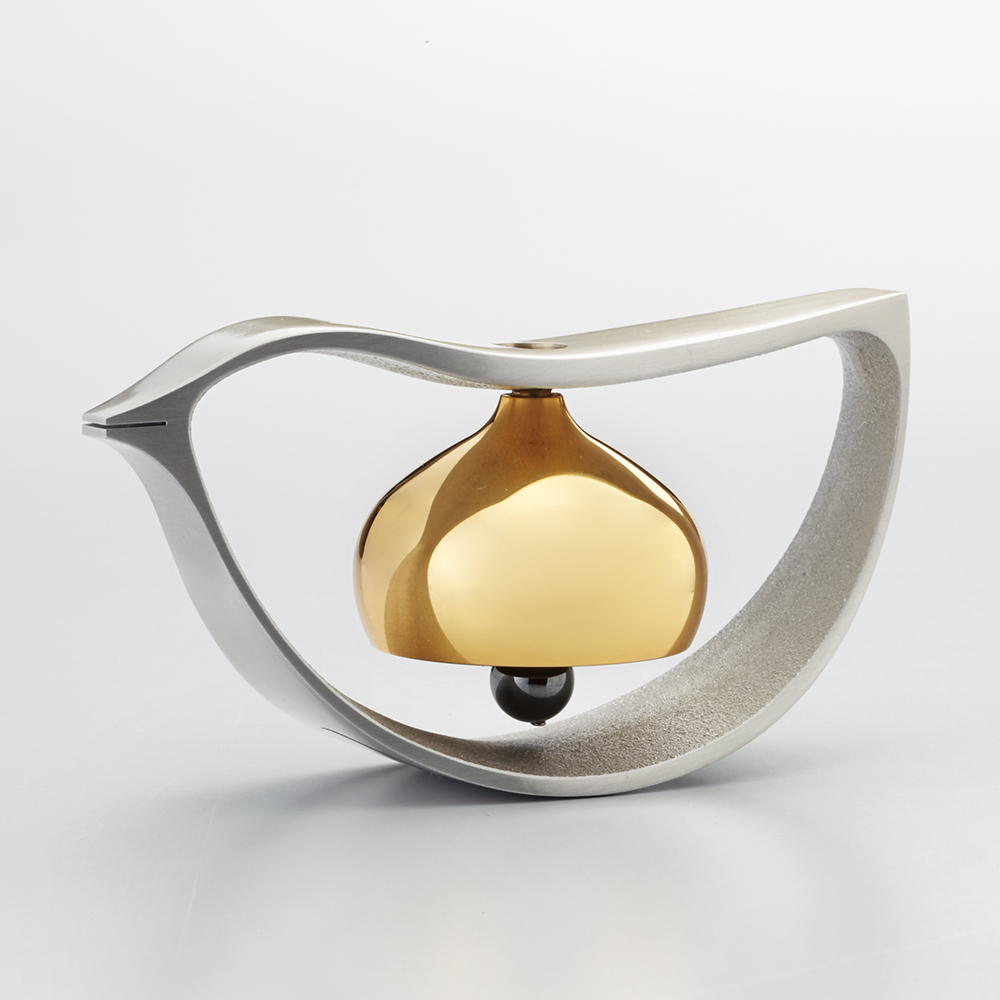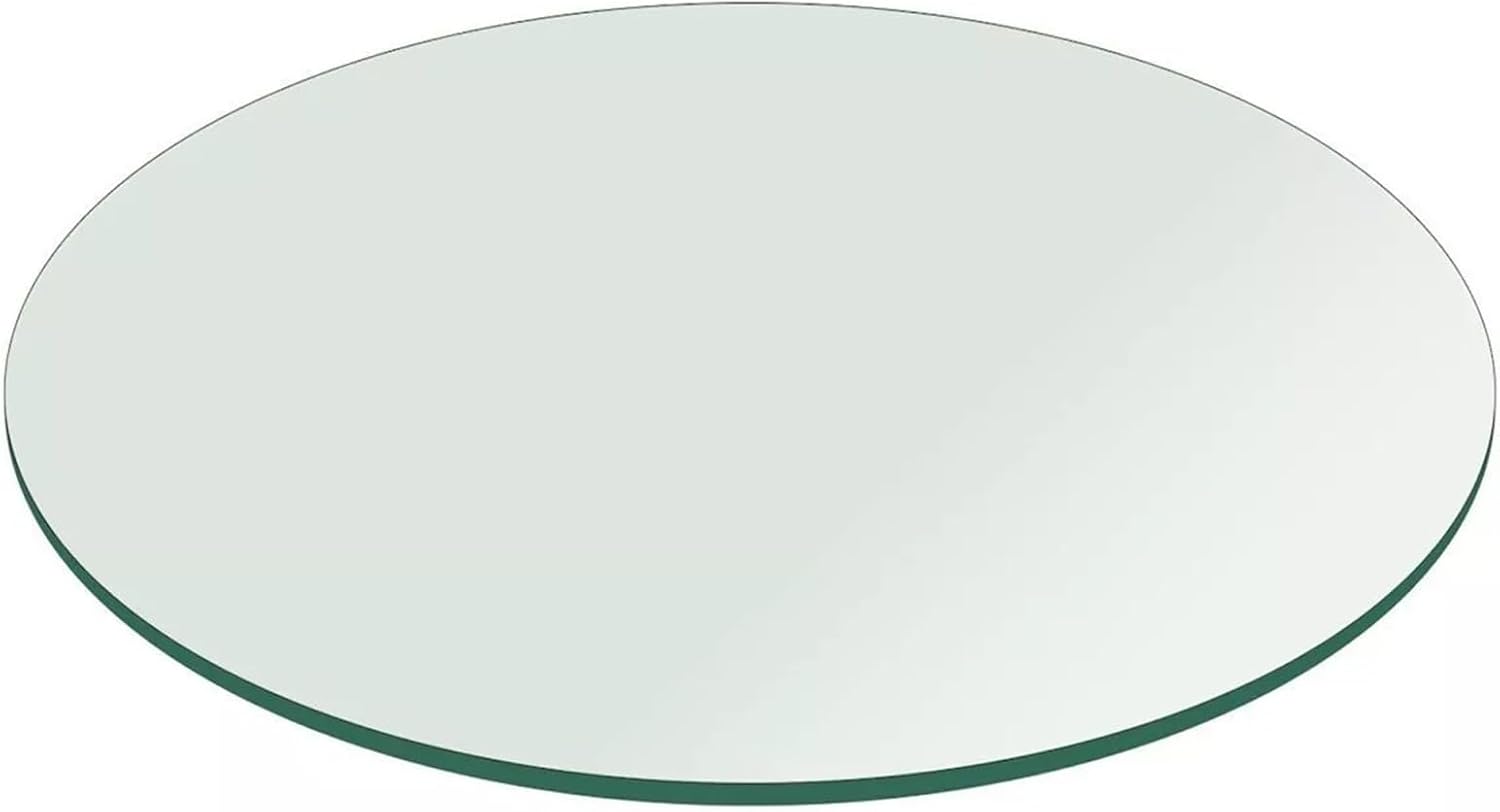マイストア
変更
お店で受け取る
(送料無料)
配送する
納期目安:
05月02日頃のお届け予定です。
決済方法が、クレジット、代金引換の場合に限ります。その他の決済方法の場合はこちらをご確認ください。
※土・日・祝日の注文の場合や在庫状況によって、商品のお届けにお時間をいただく場合がございます。
ふるさと納税 雑貨・日用品 インテリア 富山県 - 山口久乗 ことりん 1234354の詳細情報
商品説明
ちゅんちゅん、りんりん、ことりがここにいるよと美しい音をならします。くちばしに手紙をはさんで伝言もできるおりんです。
■注意事項/その他
※画像はイメージです。
容量
■お礼品の内容について
・山口久乗
ことりん[1個]
加工地:高岡市
■原材料・成分
本体
幅130×奥行50×高さ70mm
おりん:銅合金、金メッキ仕上げ
振り子:ヘマタイト(天然石)
フレーム:アルミニウム
発送期日
お申し込み後1週間程度で順次発送予定
※離島にはお届けできません。
配送
常温
別送
申込期日
通年
事業者
株式会社大和
申込条件
何度も申し込み可
ちゅんちゅん、りんりん、ことりがここにいるよと美しい音をならします。くちばしに手紙をはさんで伝言もできるおりんです。
■注意事項/その他
※画像はイメージです。
容量
■お礼品の内容について
・山口久乗
ことりん[1個]
加工地:高岡市
■原材料・成分
本体
幅130×奥行50×高さ70mm
おりん:銅合金、金メッキ仕上げ
振り子:ヘマタイト(天然石)
フレーム:アルミニウム
発送期日
お申し込み後1週間程度で順次発送予定
※離島にはお届けできません。
配送
常温
別送
申込期日
通年
事業者
株式会社大和
申込条件
何度も申し込み可
ベストセラーランキングです
近くの売り場の商品
カスタマーレビュー
オススメ度 4.1点
現在、650件のレビューが投稿されています。



















